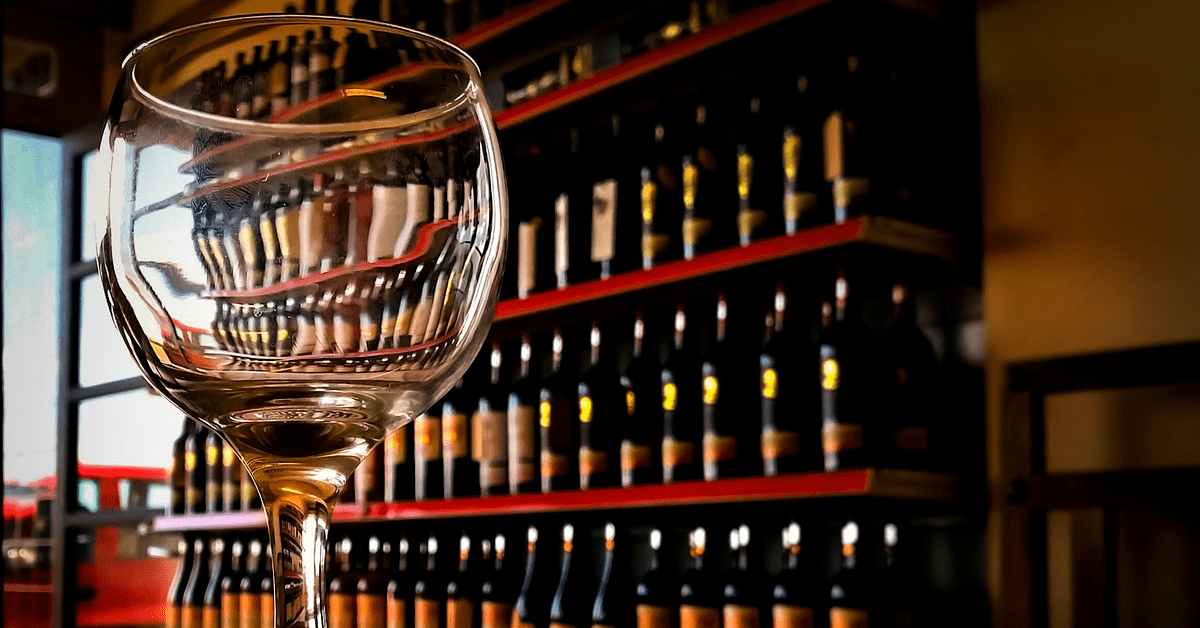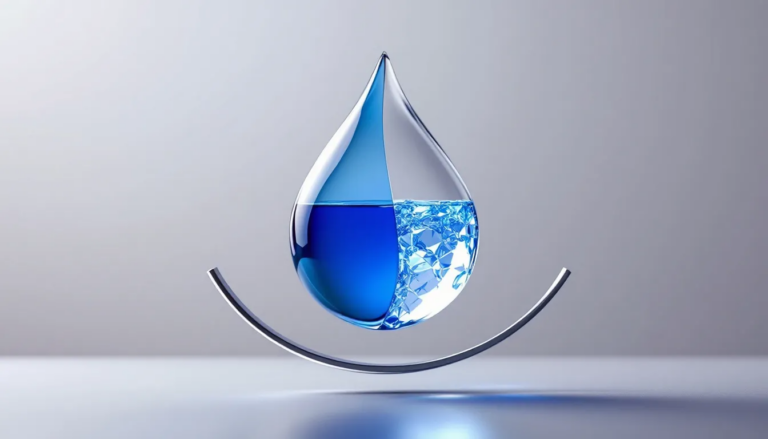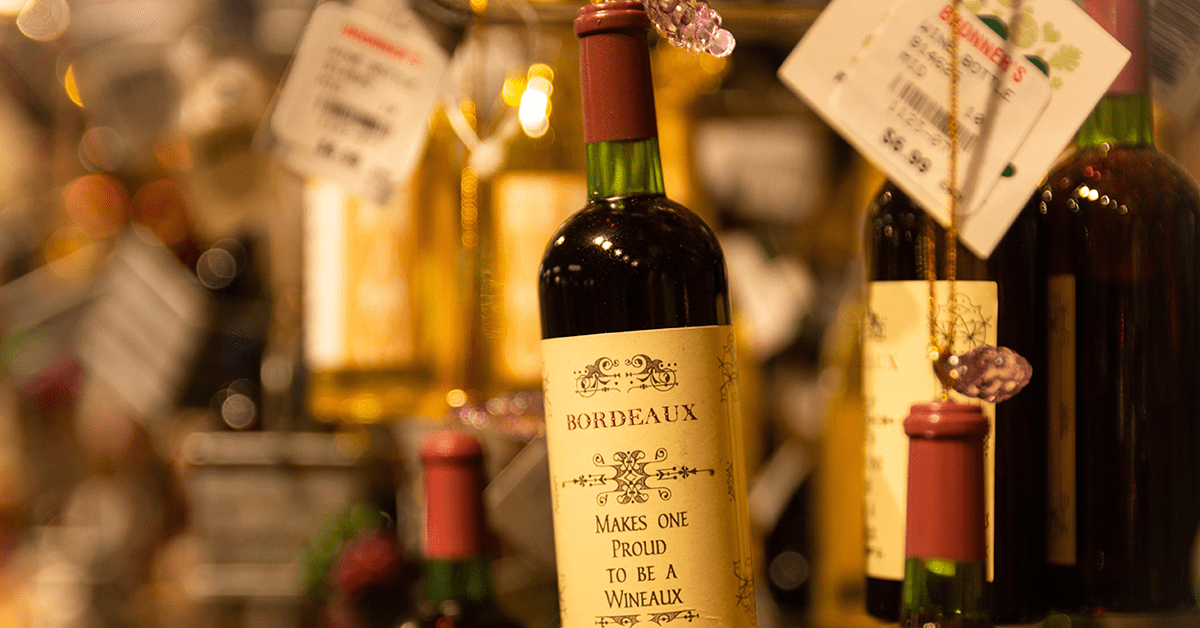
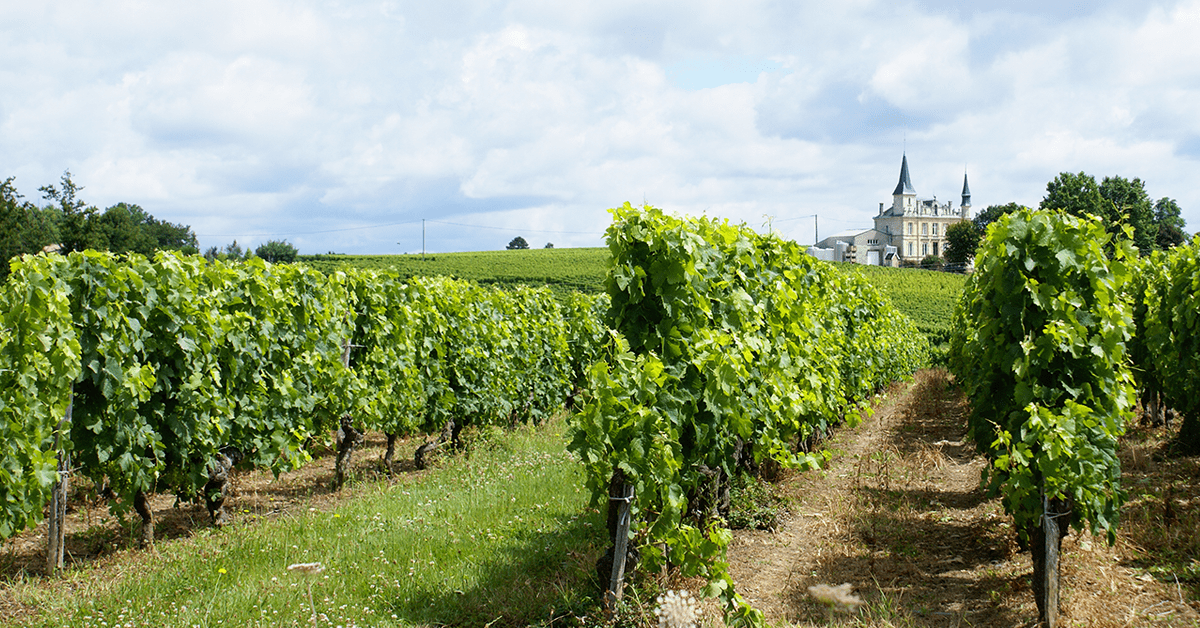
The Grandeur of Bordeaux
Imagine a land where vineyards stretch as far as the eye can see, where every hillside, every patch of soil, is a canvas for nature’s artistry, and where winemaking is not just a craft but a way of life. This is Bordeaux, the largest wine-growing region in France, with a sprawling vineyard expanse of over 110,800 hectares.
The heart of Bordeaux pulsates with a rhythm that echoes through its history, geography, and, most importantly, its wines. This is a land where average vintages yield over 700 million bottles, a tapestry that weaves together everyday table wines and the most opulent elixirs known to humanity.
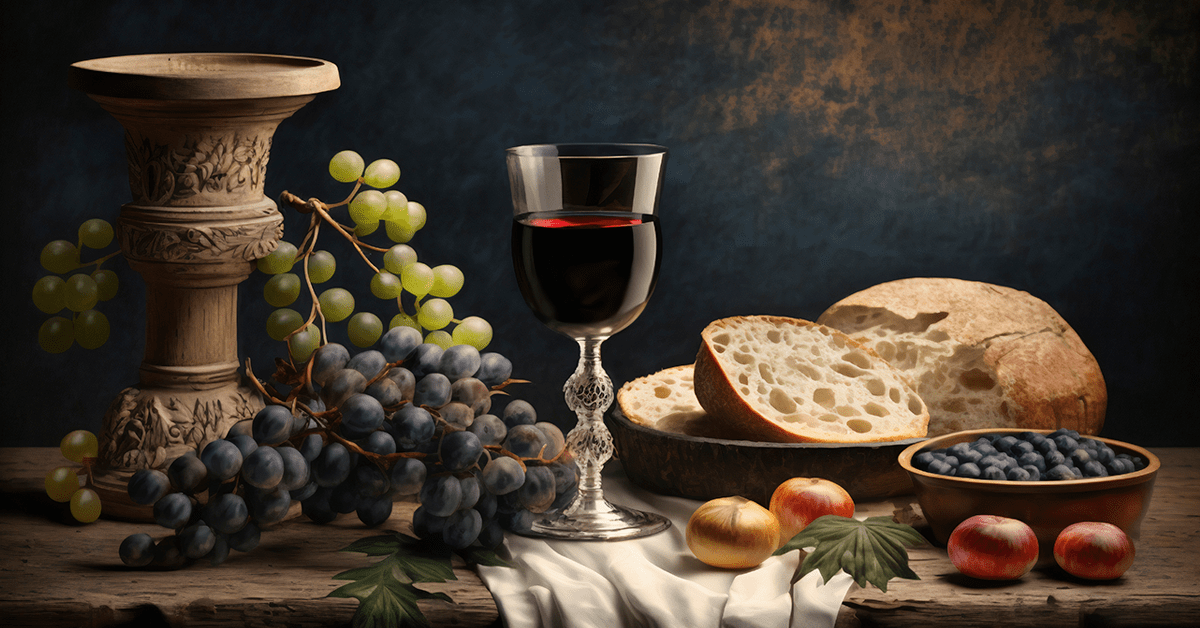
The Tapestry Unfolds
The story of Bordeaux wine traces back to the Romans, who introduced viticulture to this region in the 1st century CE. From those ancient beginnings to the present day, Bordeaux has never ceased to produce its liquid masterpieces.
In the 12th century, the allure of Bordeaux wines captured the hearts of the English nobility, thanks to the union of Henry Plantagenet and Eleanor of Aquitaine. Bordeaux wines, particularly the clairet style, gained immense popularity in England. This connection would lead to the term “claret” becoming synonymous with red wine in the English-speaking world.
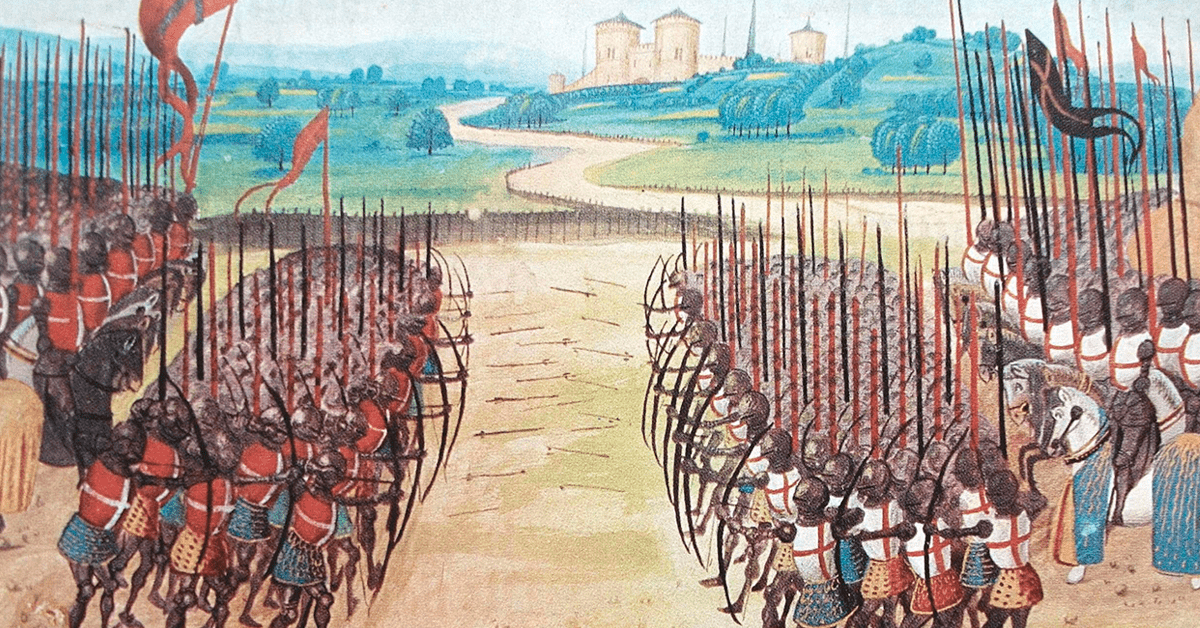
The Hundred Years’ War temporarily interrupted Bordeaux’s export to England, but Bordeaux wines eventually found their way back into the British market. The Auld Alliance between France and Scotland further solidified Bordeaux’s importance, granting Scottish merchants special privileges in the Bordeaux wine trade.
In the 17th century, Dutch traders transformed the swampy terrain of the Médoc into vineyards, marking a shift in Bordeaux’s viticultural landscape. The dominant grape variety, Malbec, eventually gave way to the illustrious Cabernet Sauvignon in the 19th century.
Then came 1855, a year etched in Bordeaux’s history when châteaux were classified, a classification that still reigns supreme today. But the late 19th century brought a devastating plague of phylloxera, which threatened to decimate Bordeaux’s vineyards. Salvation came through grafting native vines onto American rootstock, a daring move that saved the region’s wine industry.
Terroir: The Essence of Bordeaux
- The Right Bank: Nestled on the northern shores of the Dordogne, this region near Libourne produces wines celebrated for their Merlot dominance.
- Entre-Deux-Mers: The heart of Bordeaux, where the Dordogne and Garonne meet, offering fertile ground for an array of wine styles.
- The Left Bank: Stretching west and south of Bordeaux city, this region is home to the celebrated Médoc and Graves appellations.
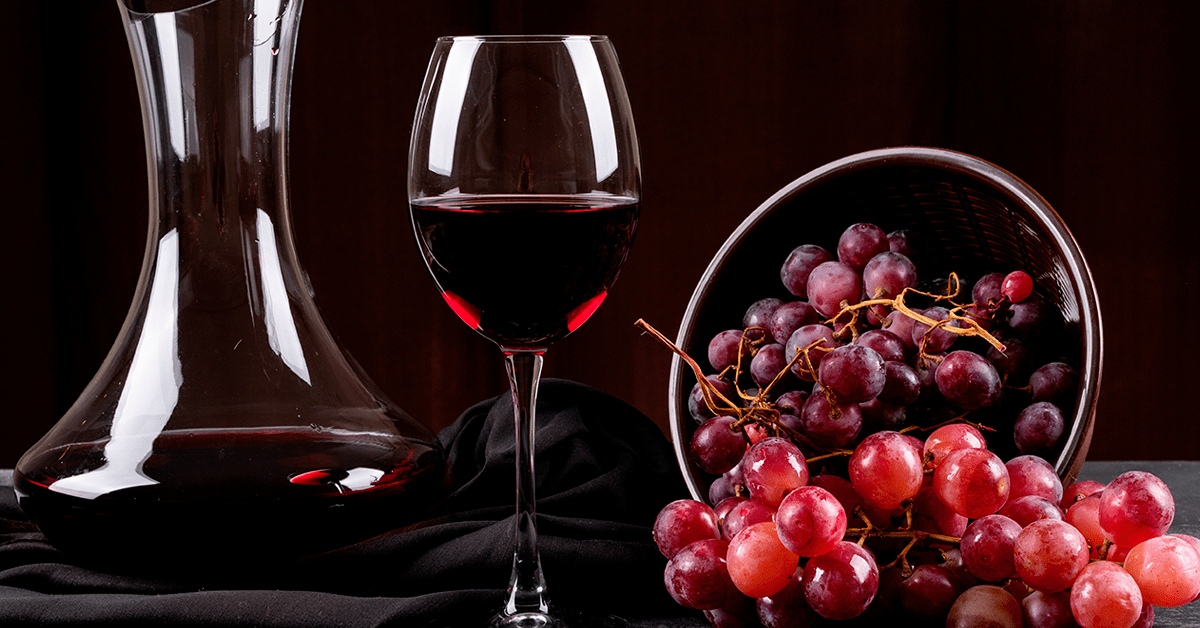
Grapes: The Essence of Flavor
Bordeaux’s red wines are symphonies composed of a blend of grape varieties. Cabernet Sauvignon, Cabernet Franc, Merlot, Petit Verdot, Malbec, and Carménère dance together to create Bordeaux’s legendary reds.
In the world of Bordeaux reds, Cabernet Sauvignon reigns supreme on the Left Bank, while Merlot takes the lead on the Right Bank. This dichotomy yields the classic “Bordeaux blend” – 70% Cabernet Sauvignon, 15% Cabernet Franc, and 15% Merlot for the Left Bank, and 70% Merlot, 15% Cabernet Franc, and 15% Cabernet Sauvignon for the Right Bank.
White Bordeaux, predominantly crafted from Sémillon, Sauvignon Blanc, and Muscadelle, offers a refreshing contrast. The blend typically consists of 80% Sémillon and 20% Sauvignon Blanc, producing wines that are as diverse as they are delightful.
In recent years, Bordeaux wineries have adapted to climate change, introducing new red grapes such as Marselan, Touriga Nacional, Castets, and Arinarnoa. For white wines, Alvarinho, Petit Manseng, and Liliorila have joined the fray.
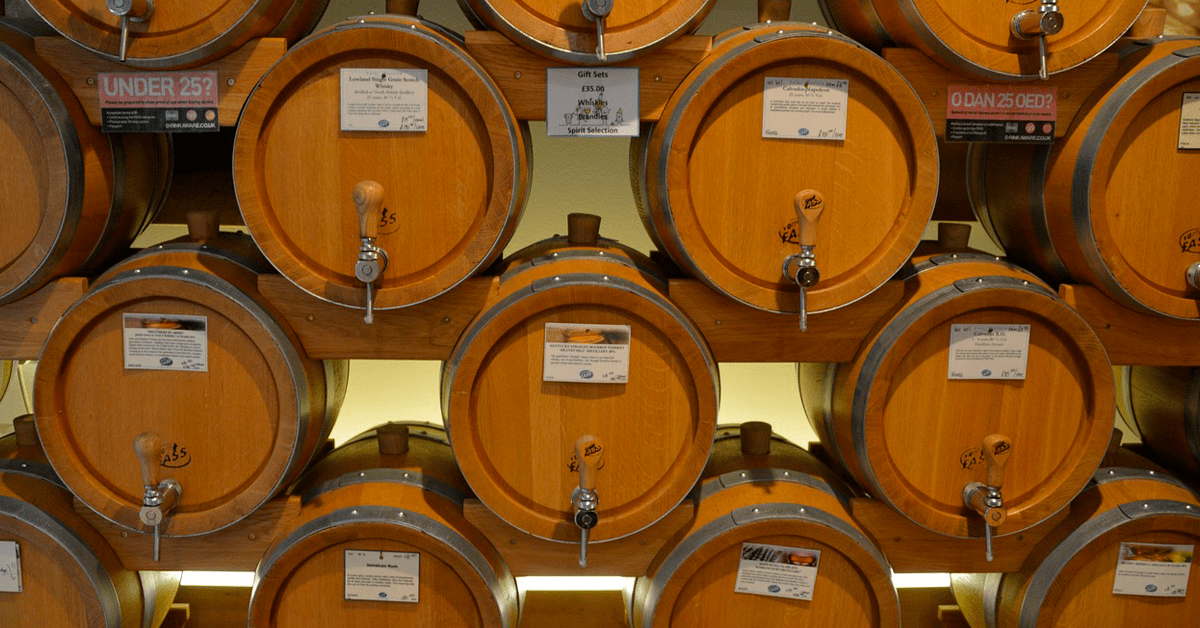
Winemaking: The Artistry Behind the Bottle
The process of making Bordeaux wines is nothing short of artistry. Grapes are hand picked or machine-harvested, depending on the winery’s tradition. After sorting and destemming, grapes undergo crushing, followed by fermentation in temperature-controlled stainless steel vats.
The next phase is a period of ageing, often in oak barrels, typically of 225-litre capacity. Bordeaux winemakers master the art of blending, combining wine from different grape varieties and vineyard sections to achieve the perfect harmony of flavours.
The resulting wine matures further before it is deemed ready for release, a testament to Bordeaux’s commitment to producing wines of utmost quality and distinction.
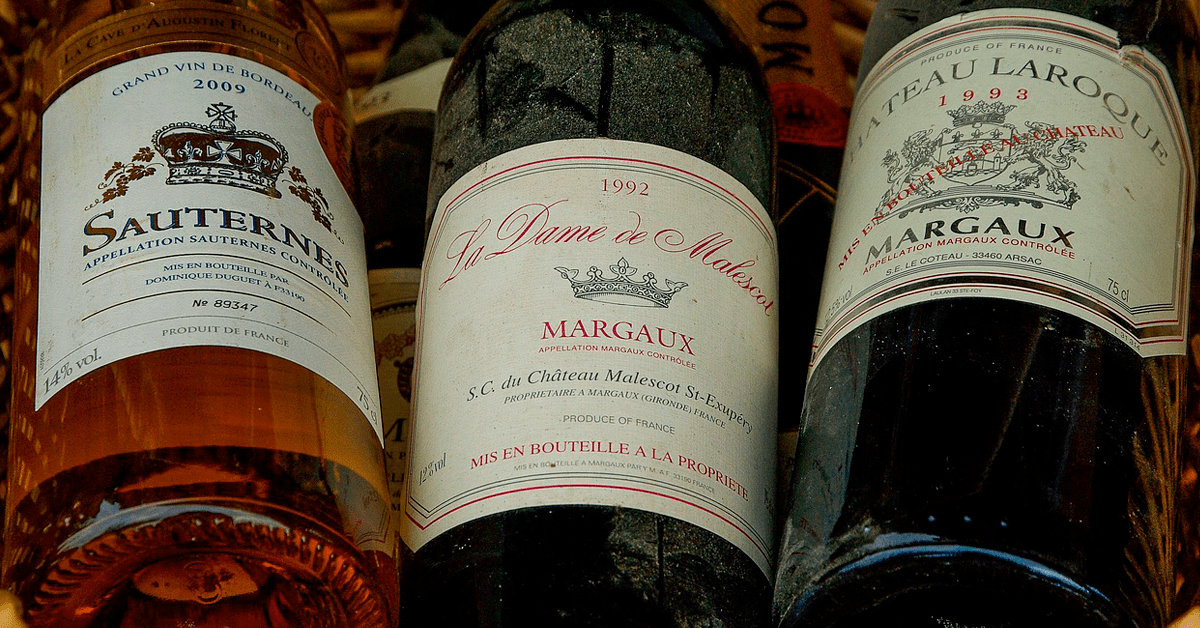
The Symphony of Styles
Bordeaux’s diverse terroirs give rise to a symphony of wine styles, each with its own character:
Red Bordeaux and Red Bordeaux Supérieur: These wines showcase Merlot’s finesse and are often enjoyed young. Bordeaux Supérieur AOC wines, with stricter controls, represent a commitment to excellence.
Red Côtes de Bordeaux: Nestled in the hilly outskirts, these wines, dominated by Merlot, bridge the gap between basic Bordeaux and more renowned appellations.
Red Libourne (Right Bank) Wines: With a focus on Merlot and little Cabernet Sauvignon, these wines offer fruit-forward flavours and age gracefully.
Red Graves and Médoc (Left Bank) Wines: Cabernet Sauvignon takes centre stage here, crafting concentrated, tannic wines meant for cellaring.
Dry White Wines: These refreshing delights, made primarily from Sauvignon Blanc and Sémillon, often display oak influences.
Sweet White Wines: Sauternes reigns supreme, crafting luscious elixirs from grapes affected by noble rot. Nearby appellations like Loupiac and Cadillac offer their own sweet treasures.
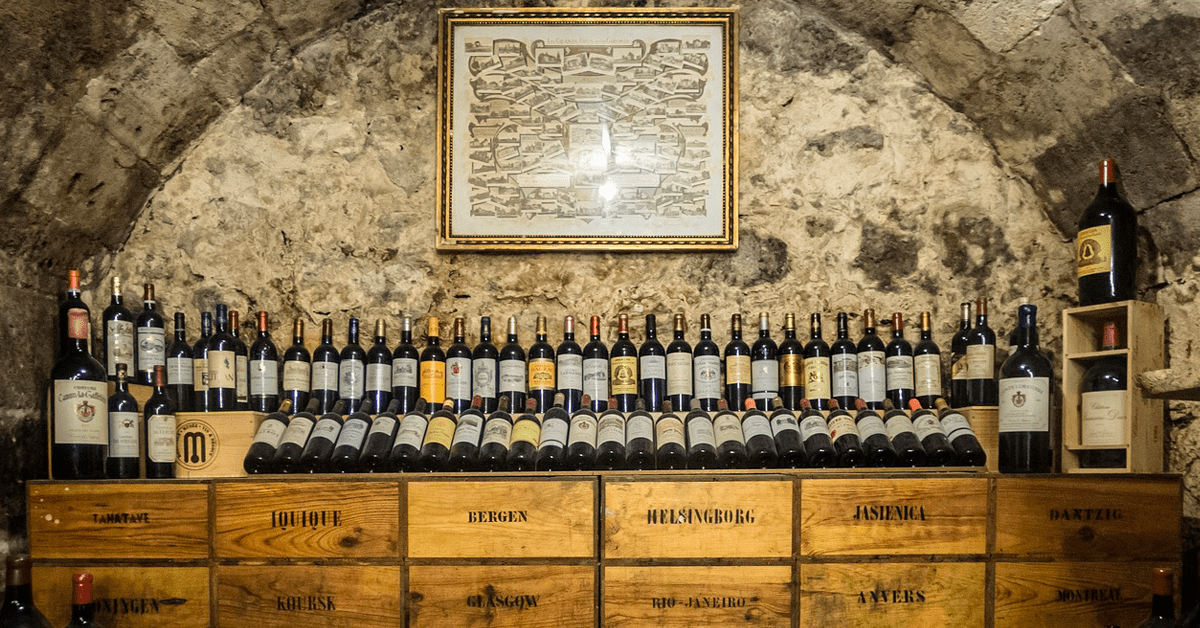
The Hallowed Classifications
Bordeaux boasts several classifications, each offering a glimpse into the region’s prestige:
Bordeaux Wine Official Classification of 1855: This historic classification ranks the red wines of Médoc and sweet wines of Sauternes-Barsac, with First Growth wines like Château Lafite Rothschild and Château Margaux commanding reverence.
Official Classification of St.-Émilion: Updated approximately every decade, this classification identifies the crème de la crème of St.-Émilion wines, including Château Ausone, Château Soutard and Château Cheval Blanc.
Official Classification of Graves: Recognized in 1959, this classification celebrates the excellence of wines from north and south of Bordeaux, where Cabernet Sauvignon takes centre stage.
Cru Bourgeois Classification: Once official but now unofficial, this classification showcases wines from family-run châteaux that uphold Bordeaux’s quality legacy.
Cru Artisan Classification: Recognized by the European Union, this classification celebrates artisans who craft exceptional wines.
While Pomerol lacks an official classification, wines like Château Pétrus and Château Le Pin are hailed as equals to the First Growths of 1855.
